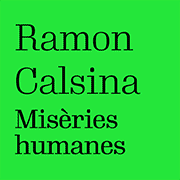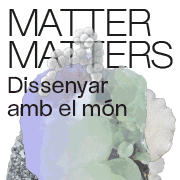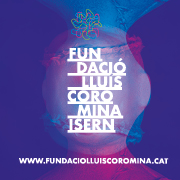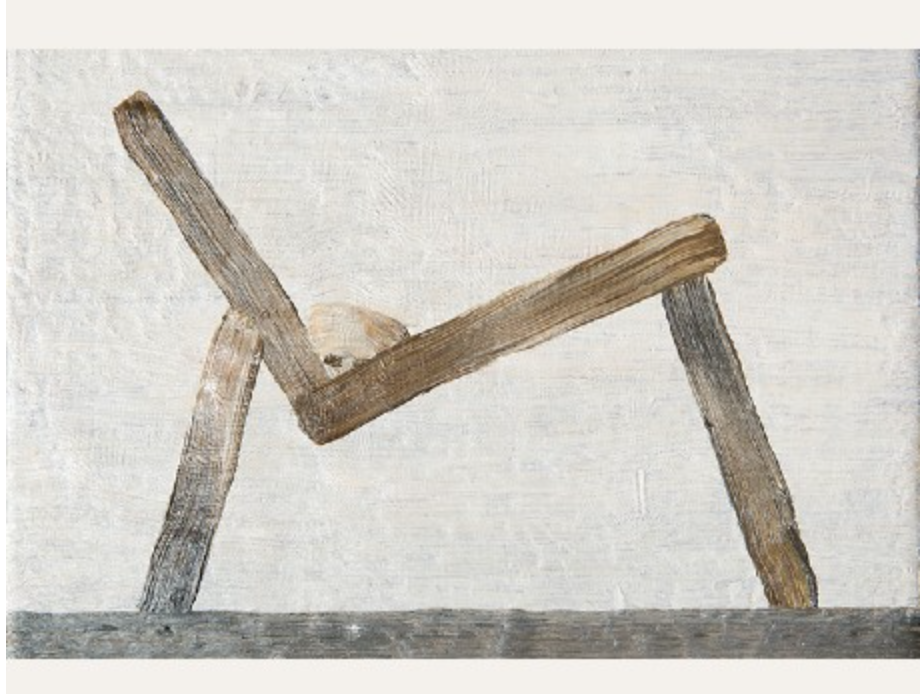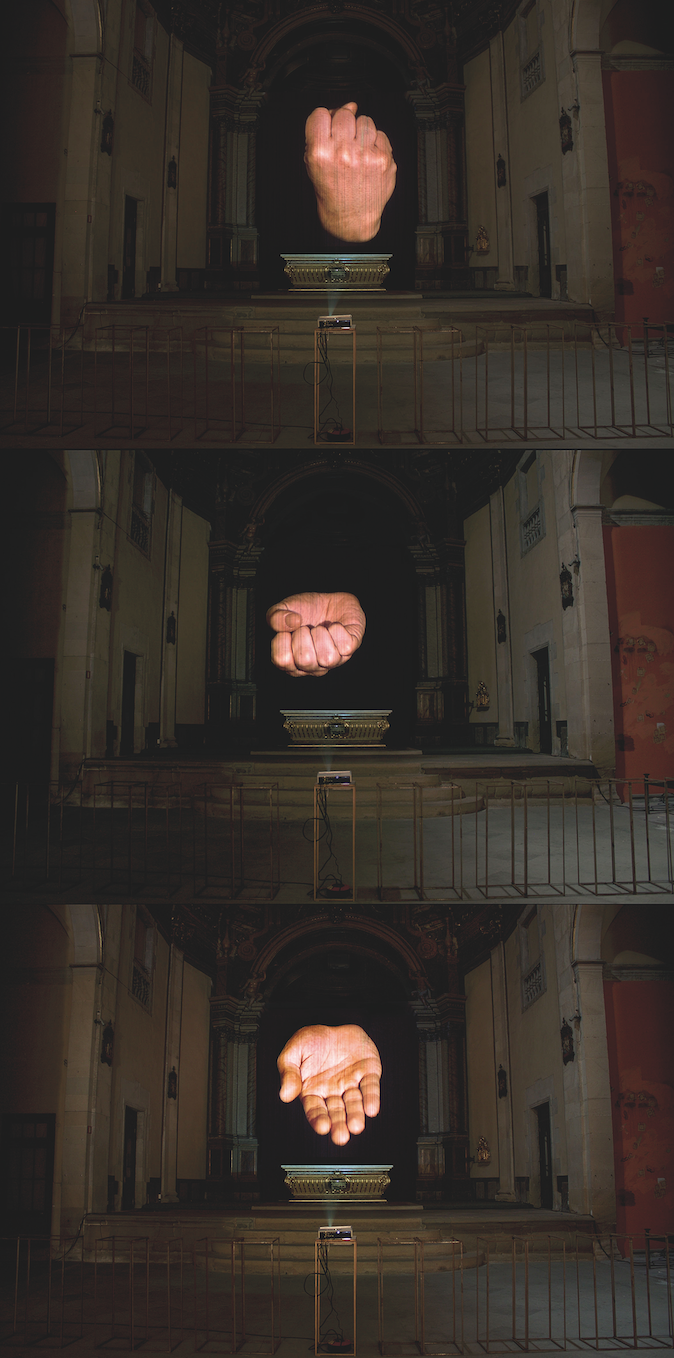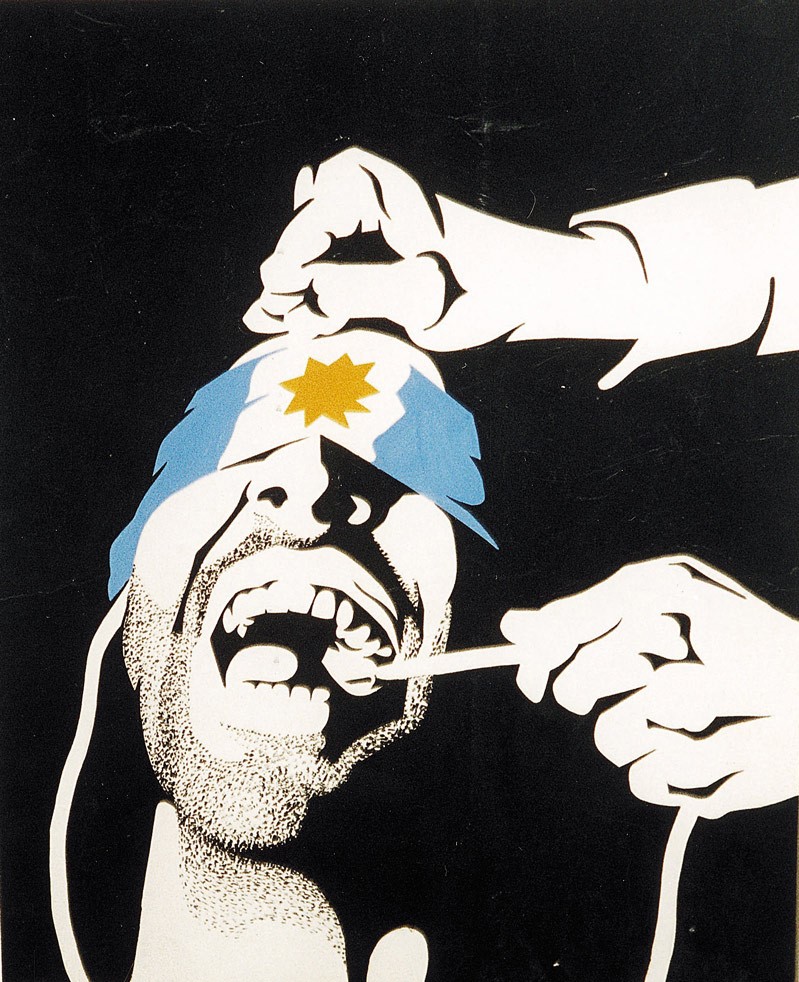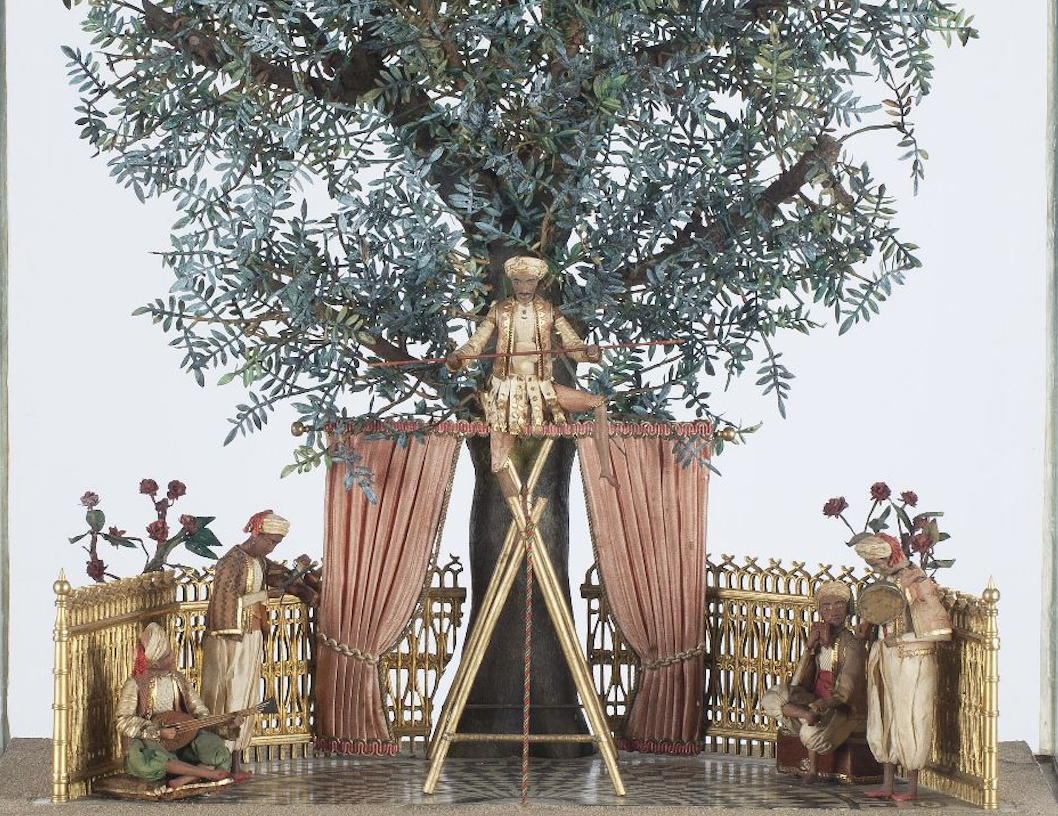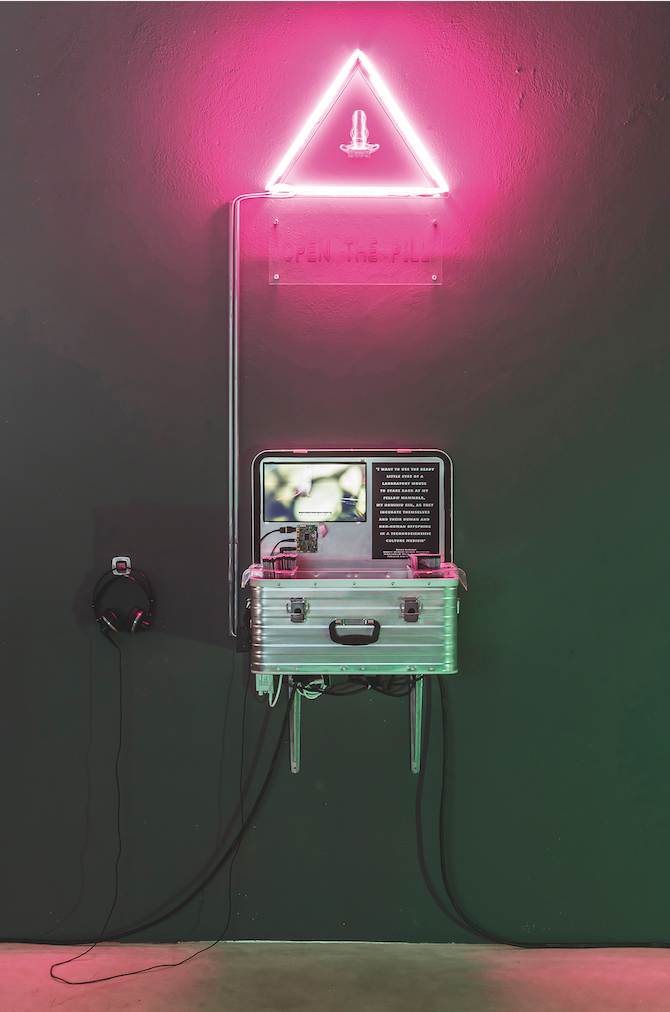
Narcotics. Pharmacies and narcotics , the new Bòlit proposal inaugurated on March 11, is a collective show that focuses on drugs understood from as many points of view as artists involved. But it is also, above all, a thesis exposition; that is, rather than a merely observational exploration of the subject, it starts from a clear position on it, and is the concept of narcocapitalism - developed by the Belgian philosopher Laurent de Sutter - understood as a system of self-protection of capitalism to maintain productive individuals by means of narcotic substances, both in their therapeutic and recreational variant. Nevertheless, the team of the exhibition chooses the variation “narcohumanism” to emphasize its human focus on the issue, a point of view that is situated as subversive of the very concept of narcocapitalism: it emphasizes the human experience in instead of the machinery that dissipates the human in a chain of productive beings.
The exhibition, curated by Eloy Fernández Porta and Núria Gómez Gabriel, is divided into the Bòlit_LaRambla and Bòlit_PouRodó spaces, between which twelve pieces can be seen, one of which is in both places and consists of an installation. lation of light and binaural sound by Óscar Martín whose purpose is to subject the visitor's experience to a certain subjective deformation. The various works are arranged in both spaces, taking into account whether they focus on the perception of time (Bòlit_LaRambla) or space (Bòlit_PouRodó). However, we can also observe a difference in the type of artistic practices that are presented; while in Bòlit_LaRambla experimental pieces take center stage, mostly with a performative or plastic dimension, Bòlit_PouRodó's work responds to archival practices, which are more neutral and observational, although always conditioned by the look, the selection of the material and the artist's research into it. The Rambla space, therefore, opens the visitor to a series of supposedly intense and compromising experiences that invite him to understand the point of view of the artist and of the subjects subjected to various drug-related processes. Instead, the works of Pou Rodó present studies from outside the phenomenon, offering what we can ultimately understand as graphic information and archival material that should help us to establish a more cerebral look at the issue at hand. As a binomial where the two halves complement each other, the aim is to form a complete visit where the public can make an immersion from various perspectives, offering them the ability to internalize it that suits them best.
Image: Pink Chimera. Trans * Plant installation, 2019. Photo: Axel Heise.


